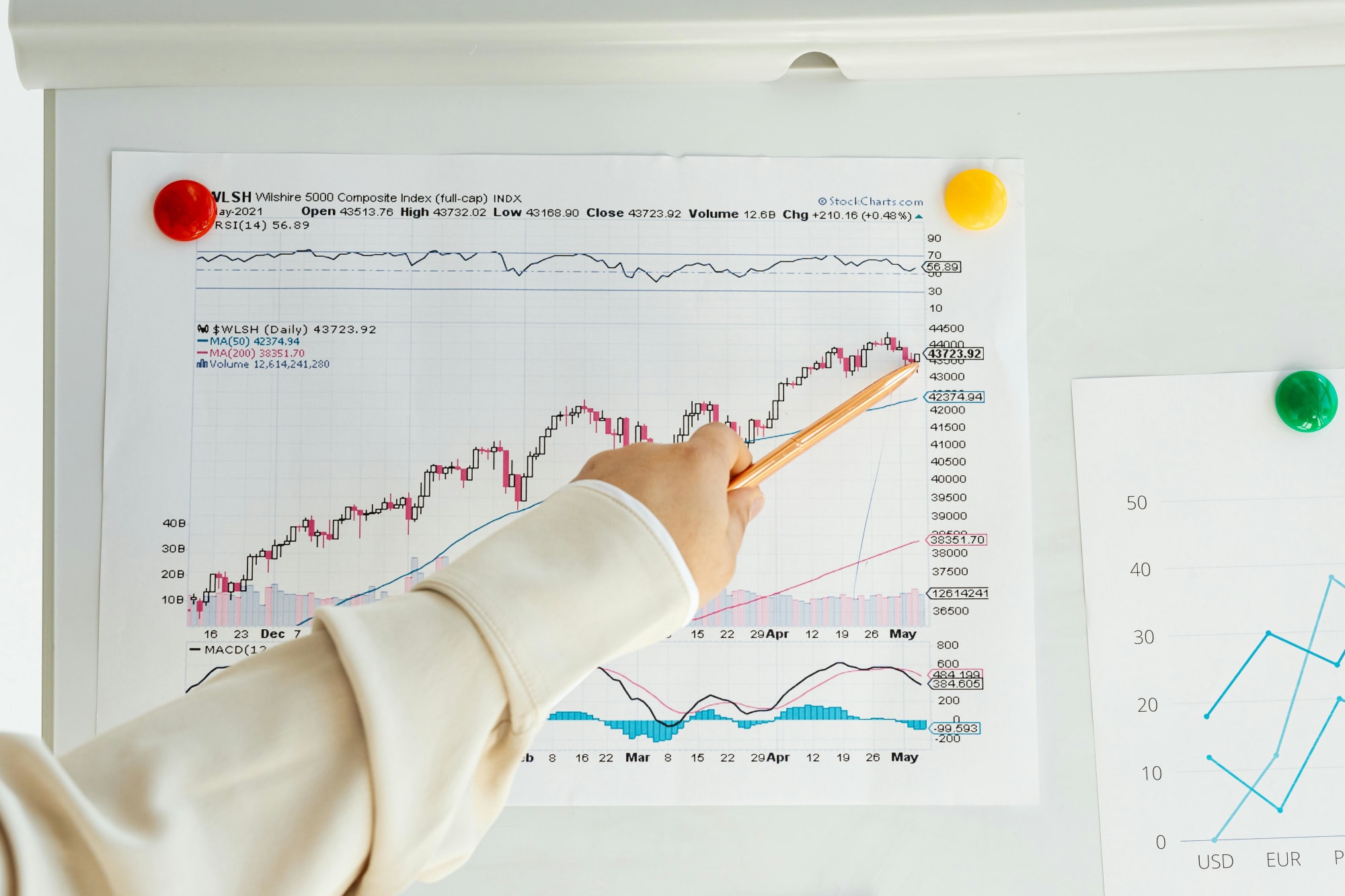Invest
RBA commits to low rates as ‘pandemic is not over’
The Reserve Bank of Australia remains committed to lowering unemployment, with the post-COVID rebound unlikely to move interest rates, despite leading economists' predicting otherwise.
RBA commits to low rates as ‘pandemic is not over’
The Reserve Bank of Australia remains committed to lowering unemployment, with the post-COVID rebound unlikely to move interest rates, despite leading economists' predicting otherwise.

In a speech to the Ai Group in Adelaide on Wednesday, RBA assistant governor for economics Luci Ellis reiterated the central bank’s position of “supporting monetary conditions”.
Reiterating the threats on the health front as a result of the ongoing pandemic, Dr Ellis highlighted the threats Australia’s economy still faces.
“The pandemic is not over. Australia has seen a swift bounceback, but many other economies are still recovering or contending with outbreaks,” she said.
Highlighting the importance of quashing the spread of COVID-19, Dr Ellis said, “when restrictions on activity are tight, the task for policy is to build a bridge to recovery.”

“As economies move through recovery to the expansion phase, the focus naturally turns to sustaining that expansion.”
She said the central bank would remain focused on removing the ‘spare capacity’ in the economy, with wages still key to boosting inflation up to the 2-3 per cent target range.
“Absorbing spare capacity and achieving full employment is an important national priority,” Dr Ellis noted.
“Full employment is a worthy goal for its own sake, given how important jobs and income are for people’s welfare.”
However, leading banks disagree with the current timeframe set out by the central bank, with many confident the conditions to change monetary policy will be met sooner.
Following Westpac’s detailed rate hike predictions, Commonwealth Bank has laid out its own forecast, which foresees a rate lift as soon as November 2022.
Strong labour market conditions and wage growth are expected to push the Reserve Bank of Australia to begin normalising monetary policy in late 2022 with a cash rate increase to 0.5 per cent, peaking at 1.25 per cent by Q3 2023.
In a statement published on Wednesday, CBA’s head of Australian economics, Gareth Aird, explained that the big four bank’s predictions have been at odds with the RBA’s “2024 at the earliest” forward guidance for months.
“Our message has been consistent and unswerving: the labour market will tighten quickly, and this means that wages and inflation will lift, particularly because the supply of labour is constrained,” Mr Aird said.
According to CBA, the Australian labour market has tightened “at a phenomenal pace”, yielding “very strong” forward-looking indicators of labour demand.
“There are scenarios that could see the RBA pull the rate hike trigger earlier than November 2022, particularly if they tweak their reaction function because it becomes irrefutable that wages growth is on a path to 3 per cent per annum – the rate of growth they have targeted.”
Seeing through inflation
Turning to inflation, Dr Ellis also pointed out that shifts in supply and a production ramp-up could exert pressure on inflation.
“Exporters are trying to catch up on backlogs of past orders as well as deal with high levels of new orders,” she said.
“But it is reasonable to expect that these disruptions will ease over time as bottlenecks are dealt with and health-related constraints on production ease.
“Some key producers also plan to expand capacity, for example in semiconductors and ships, so the effects on prices should also dissipate.”
Learning from past mistakes, AMP Capital’s Dr Shane Oliver told nestegg that central banks around the world will be looking to see through these short-term spikes in inflation to get a better read on the longer-term prospects.
“Inflation is going to pick up now, it is already picking up because in the June quarter last year, the CPI fell 1.9 per cent as childcare costs went to zero and oil prices collapsed,” he said.
“When the CPI comes out in a couple of months, it will show 3.7 per cent or 4 per cent, that is just what it is going to show,” he explained to nestegg.
However, while inflation will make the ‘front pages’, Dr Oliver said it is important that central banks around the world look beyond the headline figures.
“Economist will say that is distorted as the minus 1.9 per cent drops, so it’s a distorted number.”
“The RBA is aware of this, and they are worried if they raise rates in response to that spike in inflation because of those distortions, if they jump at that shadow, they could end up squashing the economy, and that is why they are trying to wait for these distortions to wash through the economy,” Dr Oliver concluded.
About the author

About the author


Economy
RBA's hawkish stance reflects inflation concerns, State Street economist comments
In a recent statement, the Reserve Bank of Australia (RBA) has signaled a hawkish stance on interest rates, drawing insights from financial experts about the implications for Australia's economic ...Read more

Economy
Navigating the inflation maze: How CFOs can outsmart economic hurdles in Australia
Fresh inflation data have cooled expectations of near-term rate cuts in Australia, intensifying pressure on margins, capital allocation and demand. Rather than wait for monetary relief that may not ...Read more

Economy
Inflation concerns rise as Australia's CPI climbs to 3.8% in October
Australia's latest Consumer Price Index (CPI) figures have sent ripples through the economy, with headline inflation accelerating to 3.8% year-on-year in October, up from 3.6% in September. The data, ...Read more

Economy
October CPI results pose challenges for RBA’s monetary policy stance
In a surprising turn of events, the October Consumer Price Index (CPI) data has raised eyebrows among economists and market strategists, revealing stronger-than-expected inflationary pressures in ...Read more

Economy
Global deal activity declines by 6% amid economic uncertainty, reports GlobalData
In a year characterised by economic turbulence and evolving market conditions, global deal activity has witnessed a notable downturn during the first ten months of 2025. According to GlobalData, a ...Read more

Economy
Australia’s softening labour market puts another RBA cut in play — here’s what business should do now
A four-year high in unemployment has revived expectations the Reserve Bank could deliver another rate cut as soon as November. With quarterly GDP growth running at 0.6 per cent and annual growth at ...Read more

Economy
Rising CPI reinforces RBA’s stance as rate cut expectations remain: State Street
State Street Global Advisors says the Reserve Bank of Australia (RBA) is likely to hold its current policy outlook following the release of September quarter inflation data, which showed an unexpected ...Read more

Economy
NSW SES boosts tsunami preparedness ahead of World Tsunami Awareness Day
As World Tsunami Awareness Day approaches on 5 November, the New South Wales State Emergency Service (NSW SES) is ramping up efforts to enhance tsunami preparedness along the east coastRead more

Economy
RBA's hawkish stance reflects inflation concerns, State Street economist comments
In a recent statement, the Reserve Bank of Australia (RBA) has signaled a hawkish stance on interest rates, drawing insights from financial experts about the implications for Australia's economic ...Read more

Economy
Navigating the inflation maze: How CFOs can outsmart economic hurdles in Australia
Fresh inflation data have cooled expectations of near-term rate cuts in Australia, intensifying pressure on margins, capital allocation and demand. Rather than wait for monetary relief that may not ...Read more

Economy
Inflation concerns rise as Australia's CPI climbs to 3.8% in October
Australia's latest Consumer Price Index (CPI) figures have sent ripples through the economy, with headline inflation accelerating to 3.8% year-on-year in October, up from 3.6% in September. The data, ...Read more

Economy
October CPI results pose challenges for RBA’s monetary policy stance
In a surprising turn of events, the October Consumer Price Index (CPI) data has raised eyebrows among economists and market strategists, revealing stronger-than-expected inflationary pressures in ...Read more

Economy
Global deal activity declines by 6% amid economic uncertainty, reports GlobalData
In a year characterised by economic turbulence and evolving market conditions, global deal activity has witnessed a notable downturn during the first ten months of 2025. According to GlobalData, a ...Read more

Economy
Australia’s softening labour market puts another RBA cut in play — here’s what business should do now
A four-year high in unemployment has revived expectations the Reserve Bank could deliver another rate cut as soon as November. With quarterly GDP growth running at 0.6 per cent and annual growth at ...Read more

Economy
Rising CPI reinforces RBA’s stance as rate cut expectations remain: State Street
State Street Global Advisors says the Reserve Bank of Australia (RBA) is likely to hold its current policy outlook following the release of September quarter inflation data, which showed an unexpected ...Read more

Economy
NSW SES boosts tsunami preparedness ahead of World Tsunami Awareness Day
As World Tsunami Awareness Day approaches on 5 November, the New South Wales State Emergency Service (NSW SES) is ramping up efforts to enhance tsunami preparedness along the east coastRead more








